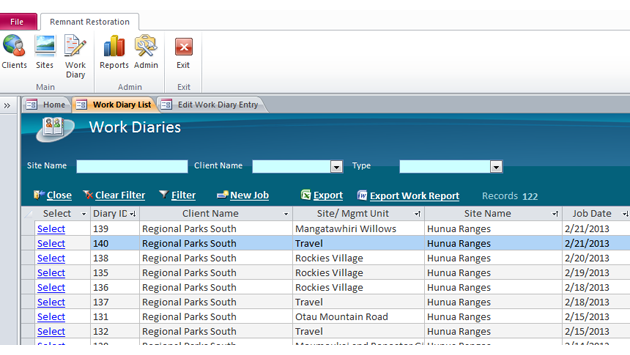

For instance, it can be used to enable Microsoft SQL Server to import data from existing Access database files (MDB or ACCDB) or Excel worksheets (XLS, XLSX, XLSB). Its purpose is to allow non-Office systems to transfer data to and from Office files. CodeBank - ASP / ASP.Microsoft Access Database Engine 2010 comprises a set of components that can be used in order to allow the communication and data exchange between files that are proprietary to the Office 2010 package and other applications.Slow Chat with the Microsoft Visual Basic team.Universal Windows Platform and Modern Windows Experience.There is also the Prefer 32-bit box to consider. In the latter case, your application will generally run in a 32-bit process except on systems where it can't, in which case 32-bit ACE couldn't be installed anyway. If you have 32-bit Office then I'd recommend 32-bit ACE and targeting x86 in your project, or at least targeting Any CPU and checking Prefer 32-bit. I'm not sure whether the ACE provider gets installed with that version of Office though.

The fact that you said that you installed 32-bit Office suggests that targeting x86 should do the job. If you want to be able to support bot 32-bit and 64-bit ACE then you should create two separate builds of your application, one targeting x86 and one targeting 圆4. If you are targeting an environment where all machines will be the same then you should select either x86 or 圆4 as appropriate. It's not advisable to only target Any CPU in a project that relies on ACE because the same executable will behave differently on different systems.

X64: runs in a 64-bit process, so only runs on 64-bit systemsĪny CPU with Prefer 32-bit checked: runs in a 32-bit process if possible, otherwise runs in a 64-bit processĪny CPU with Prefer 32-bit unchecked: runs in a 64-bit process if possible, otherwise runs in a 32-bit process X86: runs in a 32-bit process on all systems Therefore, is your application targeting x86, An圜PU, or 圆4?There is also the Prefer 32-bit box to consider.


 0 kommentar(er)
0 kommentar(er)
